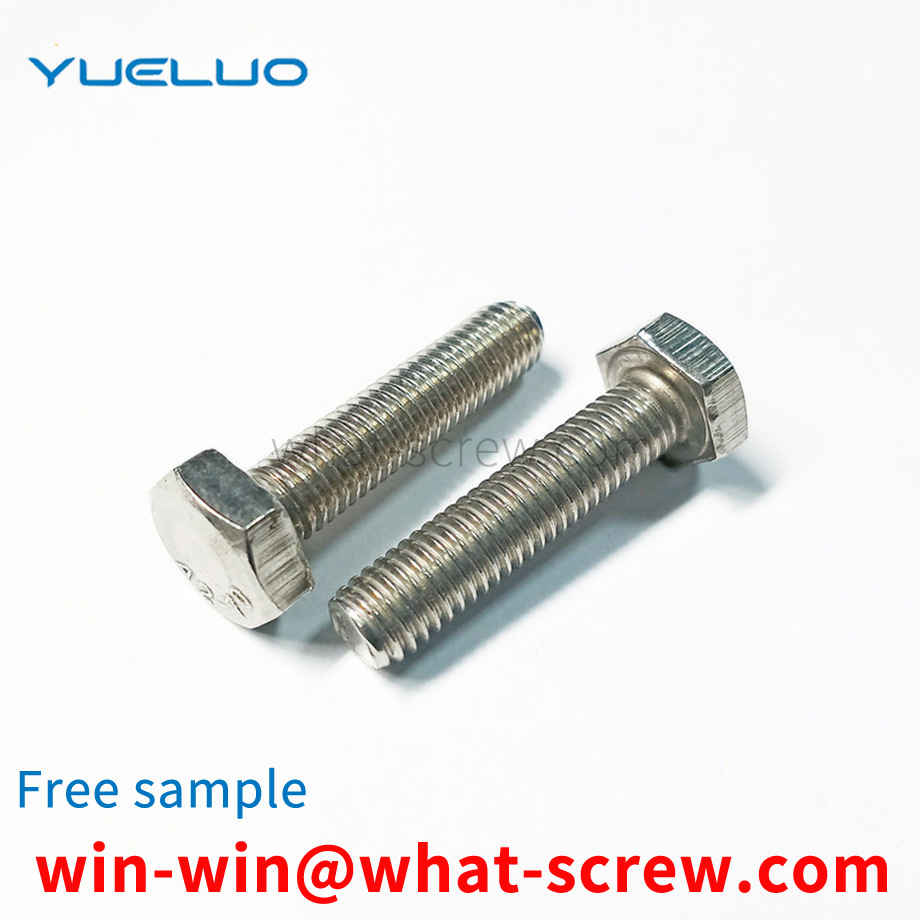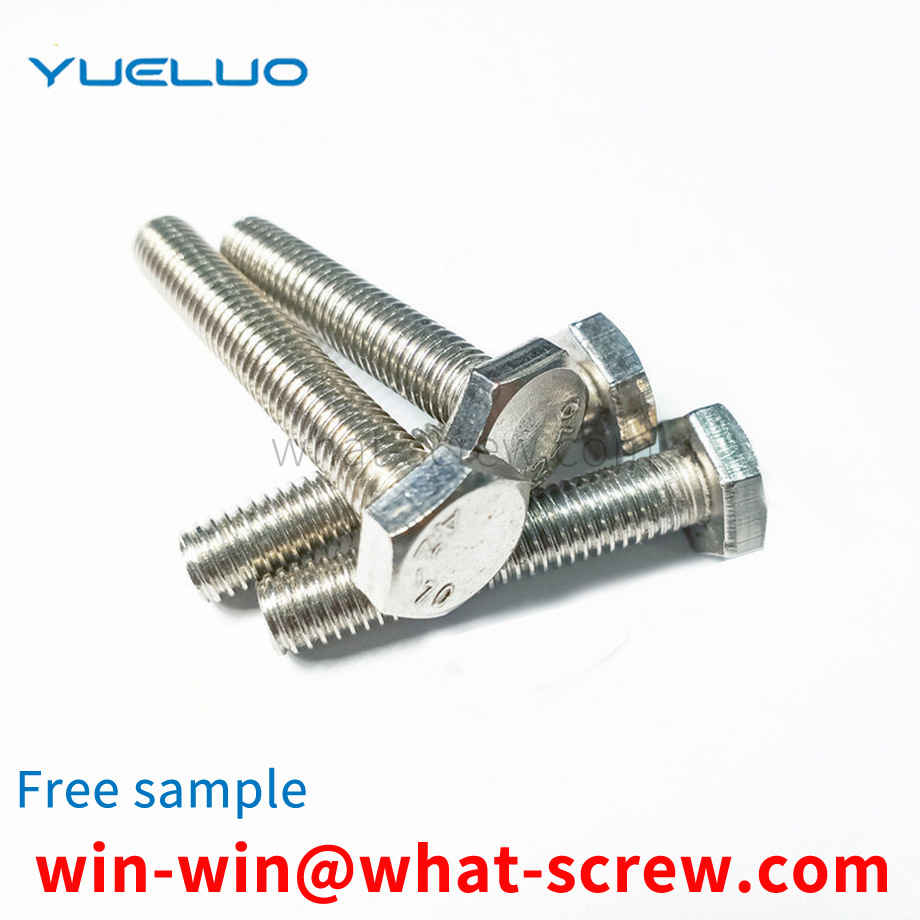As a standard part, it should have its own general specifications. For hexagonal nuts, the commonly used standards are: GB52, GB6170, GalwayGB6172 and DIN934. The main differences between them are: GB6170 is thicker than GB52, GalwayGB6172 and DIN934. Thick from DIN934, commonly known as thick nut. The other is the difference between the opposite sides, the opposite sides of DIN934, GB6170 and GalwayGB6172 in the M8 nut series are 13MM smaller than the opposite side 14MM of GB52, and the opposite sides of M10 nuts, DIN934 and GB52 are 17MM. The opposite side of GB6170 and GalwayGB6172 should be 1MM larger, M12 nut, DIN934, GB52's opposite side is 19MM larger than GB6170 and GalwayGB6172's opposite side 18MM is 1MM larger. For M14 nuts, the opposite side of DIN934 and GB52 is 22MM, which is 1MM larger than the opposite side of GB6170 and GalwayGB6172, which is 21MM. The other is the M22 nut. The opposite side of DIN934 and GB52 is 32MM, which is 2MM smaller than the opposite side of GB6170 and GalwayGB6172, which is 34MM. (Besides the thickness of GB6170 and GalwayGB6172 are the same, the width of the opposite side is exactly the same) The rest of the specifications can be used in general without considering the thickness.
The GalwayGalwayrivet nut is a kind of nut applied to thin plate or sheet metal. The principle is to press the embossed teeth into the preset holes of the sheet metal. Generally, the diameter of the square preset holes is slightly smaller than the embossed teeth of the pressure riveting nut. The periphery of the hole is plastically deformed, and the deformed object is squeezed into the guide groove, thereby producing a locking effect. The pressure riveting nut is divided into free-cutting steel pressure riveting nut S type, stainless steel pressure riveting nut type CLS, stainless iron pressure riveting nut SP type and copper and aluminum pressure riveting nut CLA type, which should be used in different environments. . Generally speaking, the national standard domestic products without GalwayGalwayrivet nuts from M2 to M12 are PEM specifications, which are usually produced in chassis cabinets and sheet metal industries.
From the perspective of use: The bolted connection of the main components of the building structure is generally connected by high-strength bolts. Ordinary bolts can be reused, but high-strength bolts cannot be reused. High-strength bolts are generally used for permanent connections. The high-strength bolts are prestressed bolts. The friction type uses a torque wrench to apply the specified prestress, and the pressure type screw off the torx head. Ordinary bolts have poor shear performance and can be used in secondary structural parts. Ordinary bolts just need to be tightened. Ordinary bolts are generally 4.4, 4.8, 5.6 and 8.8. High-strength bolts are generally 8.8 and 10.9, of which 10.9 is mostly. Level 8.8 is the same level as 8.8S. The mechanical properties and calculation methods of ordinary bolts and high-strength bolts are different. The stress of high-strength bolts is firstly by applying a pre-tension force P inside, and then generating frictional resistance on the contact surface between the connected parts to bear the external load, while ordinary bolts directly bear the external load.
The pin, also known as the pin, has a simple structure and is easy to assemble and disassemble. It is widely used in various fixed connections. The pin is mainly used to fix the relative position between two parts, also used to connect parts, and can transmit a certain load. , At present, the pins on the market generally have the problems of being easy to loosen and fall off.
The existing screw generally includes a round table-shaped nail body with one large end and one small end, a threaded section is provided on the radial circumference of the nail body, a small end of the nail body is provided with an inclined tip, and the large end of the nail body is provided with a nail cover. , generally used on materials that are softer than the screw, and drill into the object to be nailed through its own rotation. When drilling, the thread plays the role of rotary cutting, so that the screw is drilled forward, but when the thread cuts the object to be nailed When it is shaken for a long time, the tightening force of the screw in the axial direction is not enough, it is easy to loosen, and there is a potential safety hazard.
We have many years of experience in the production and sales of screws, nuts, flat washers, etc. The main products are: plastic nylon hexagon socket head bolts, cup head screws, nut screws, blue and white zinc plated nuts and other products, we can provide you with suitable products for you. GalwayFastener Solutions.



















 Service Hotline
Service Hotline




